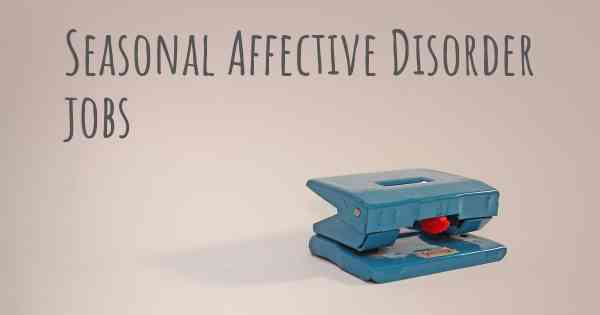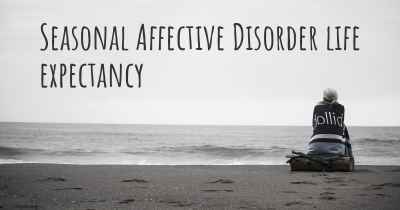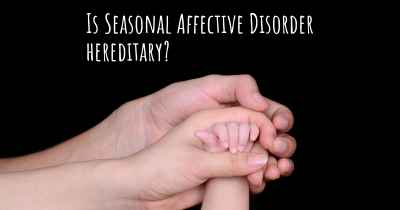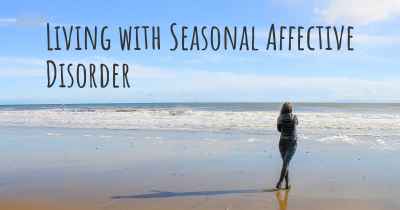Can people with Seasonal Affective Disorder work? What kind of work can they perform?
See how people with experience in Seasonal Affective Disorder give their opinion about whether people with Seasonal Affective Disorder can work and what kind of jobs are more appropriated for people with Seasonal Affective Disorder

Can people with Seasonal Affective Disorder work? What kind of work can they perform?
Seasonal Affective Disorder (SAD) is a type of depression that occurs during specific seasons, typically during the fall and winter months when there is less sunlight. It can cause individuals to experience a range of symptoms, including low mood, lack of energy, difficulty concentrating, and changes in appetite and sleep patterns. These symptoms can significantly impact a person's ability to function and perform well at work.
However, it is important to note that having SAD does not necessarily mean that a person cannot work. With the right support and accommodations, individuals with SAD can continue to be productive and successful in their jobs.
Here are some considerations for individuals with SAD in the workplace:
1. Flexible Work Schedule: Employers can offer flexible work schedules to accommodate the specific needs of employees with SAD. This may include adjusting start and end times, allowing for longer breaks, or even offering the option to work from home on certain days. Flexibility can help individuals manage their symptoms and optimize their productivity.
2. Light Therapy: Light therapy is a common treatment for SAD. It involves exposure to bright artificial light that mimics natural sunlight. Employers can provide access to light therapy devices or create well-lit workspaces to help alleviate symptoms. Exposure to light can improve mood, increase energy levels, and enhance overall well-being.
3. Supportive Work Environment: Creating a supportive work environment is crucial for individuals with SAD. Employers can promote open communication and encourage employees to discuss their needs and challenges. This can help reduce stigma and ensure that appropriate accommodations are provided. Additionally, fostering a positive and inclusive workplace culture can contribute to overall employee well-being.
4. Employee Assistance Programs: Employee Assistance Programs (EAPs) can be valuable resources for individuals with SAD. These programs often offer counseling services, mental health support, and resources for managing stress and depression. Employers can promote and provide access to EAPs to support employees with SAD.
5. Job Flexibility: Depending on the severity of symptoms, individuals with SAD may benefit from job flexibility. This could involve adjusting job responsibilities, reducing workload during peak symptom periods, or providing opportunities for job rotation. Adapting job roles to better suit the individual's needs can help them maintain productivity and job satisfaction.
6. Self-Care Strategies: Encouraging self-care strategies can be beneficial for individuals with SAD. Employers can promote the importance of regular exercise, healthy eating, and good sleep hygiene. Additionally, providing access to wellness programs or resources, such as yoga classes or mindfulness workshops, can support overall well-being.
7. Collaborative Approach: Employers and employees can work together to develop strategies for managing SAD in the workplace. This collaborative approach allows for open dialogue, problem-solving, and the implementation of effective solutions. By involving both parties, employers can better understand the unique needs of the individual and tailor accommodations accordingly.
Conclusion:
While Seasonal Affective Disorder can present challenges in the workplace, individuals with SAD can still work and perform well with the right support and accommodations. Employers can play a crucial role in creating an inclusive and supportive environment that allows individuals with SAD to thrive. By implementing flexible work schedules, providing access to light therapy, fostering a supportive work culture, and offering resources for self-care, employers can help individuals with SAD manage their symptoms and continue to contribute effectively in the workplace.








